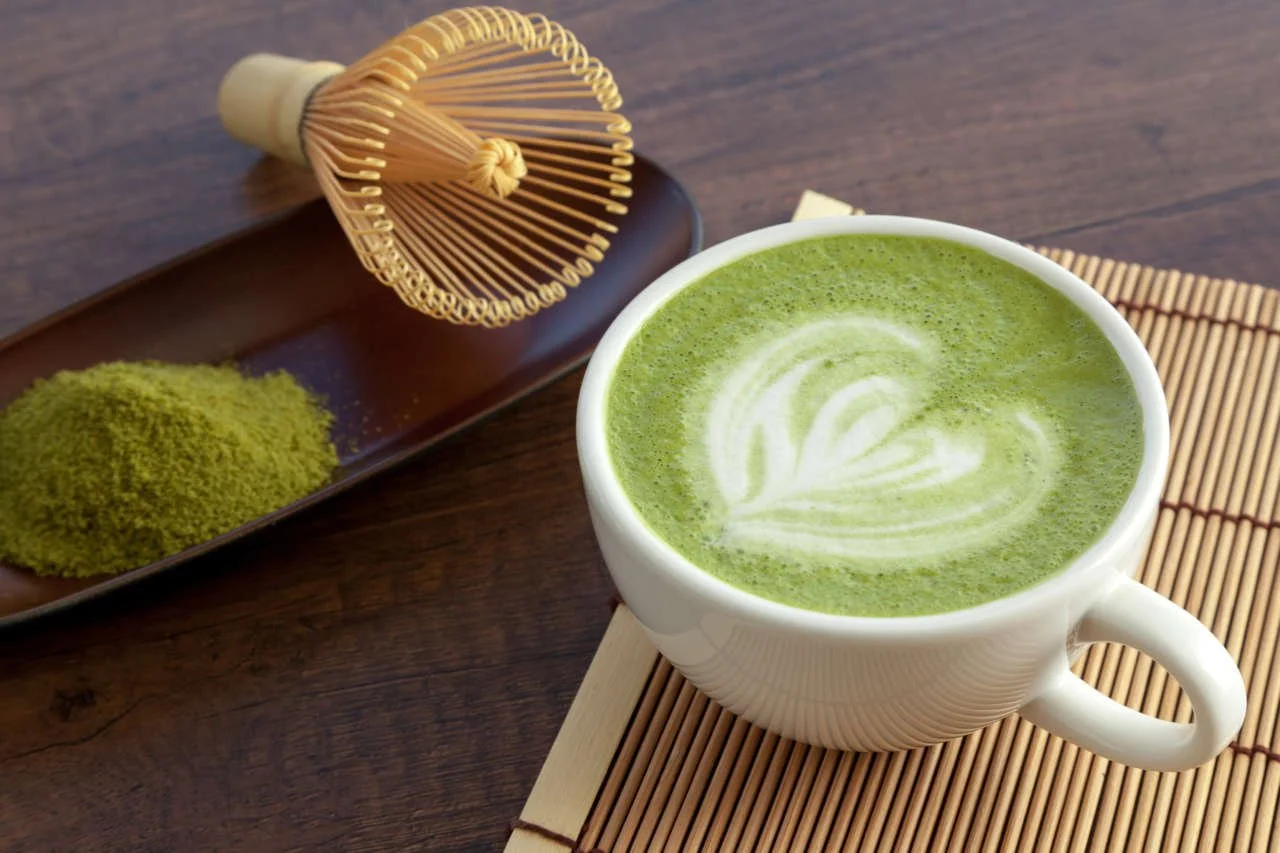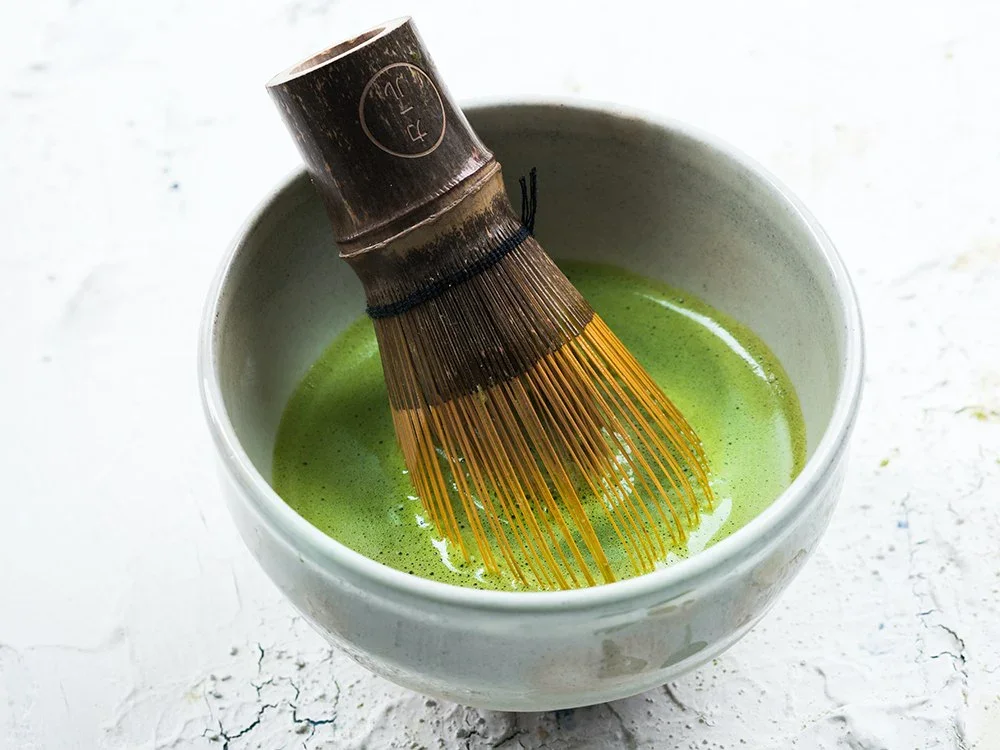Matcha in Milan: How Cultural Context Shapes CPG Development 🍵✨
By Margaret Ross
The success of food and beverage products adapted from foreign cultural contexts into new markets depends not only on the characteristics of the product itself, but on how effectively the brand repositions the culture, qualities, and aesthetic to align with local consumer values.
A case study of matcha, a niche Japanese ritual element that has become a global wellness phenomenon, highlights the need for culturally intelligent adaptation and savvy product development in today’s premium wellness market.
Matcha’s Journey 🍵
Once a quiet ceremonial staple in Japanese tea culture, matcha has surged onto the global stage as a premium wellness ingredient. Traditionally consumed in Japan as a part of meditative rituals, matcha has evolved beyond its origins, becoming a darling in the U.S. and European clean-eating and functional food movements. As it is reinterpreted across cultures, matcha’s journey reveals how cultural context informs product development.
In the U.S. and European markets, matcha is perceived as a premium health product, tied to clean eating, mindfulness, and aspirational lifestyle branding. Brands like Jenki, Rocky’s, and Golde have tapped into this trend through wellness-centric messaging and visually compelling presentations aimed at younger, health-conscious consumers. Product offerings range from traditional powders to ready-to-drink beverages, lattes, and even functional supplements. Consumers are drawn to these benefits, especially matcha’s energy boost without the caffeine crash, making it an appealing daily alternative to coffee.
In Italy, espresso reigns supreme, and neither the tea ceremonies of Japan nor the American functional food trends have uprooted it. Matcha enters as a curiosity and a challenger. While still a niche product, awareness is growing among health-conscious and trend-savvy consumers, particularly in international, urban Milan. Matcha has joined the lexicon by way of American and other European media and content, another step removed from its cultural roots. This case study explores how matcha is imported and adapted for Italy through the lens of a local founder who is pioneering the way Milanese consumers experience this vibrant green beverage.
Meet Awaken by Saraya ✨
The challenger, Saraya van Dreumel, founder of Awaken, has been a matcha consumer for some 10 years. She identified that Italy was lagging behind the matcha trend, and felt certain she was not the only matcha-lover in a city of international students and worldly Milanese. With a holistic background, she dove deep into matcha’s origins, navigating the confusing world of production and unregulated terminology to emerge with a product that meets her particular quality standards.
Through extensive research and direct communication with farmers, she discovered how challenging it is to find matcha with zero pesticides or heavy metals.
She explains, “I very quickly understood that [ceremonial grade] doesn't mean anything, it's just a marketing term. There are, however, farms that use that term now to sell more of their product, of course. But I was getting frustrated because there are so many brands that use ‘ceremonial grade’ on the culinary grade. And so I was getting pissed off and I was like, okay, maybe I can source it from Japan myself.”
Savy Sourcing 🌱
Saraya makes it sound easy enough, but sourcing directly from Japanese farmers, with no shared language or clearly defined terminology, proved challenging. It took a rigorous supplier evaluation of around 25 farms, plus third-party testing for contaminants, and countless blind tastings to select a single supplier that met the standards. A large portion of matcha produced in Japan is consumed domestically and typically contains pesticides, which may contribute to a bright green color, but do not align with the ingredient values of many American and European matcha consumers. A sharp increase in demand in the past year has put additional pressure on the supply chain. Growers and artisan stone-grinders cannot increase production quickly enough, so prices rise, shipping and lead times expand, and small businesses are pushed out in favor of those with higher order quantities; many large brands are even accused of hoarding more product than they need.
Supply challenges aside, Saraya is optimistic that the unique quality of her product will continue to resonate with consumers. The crops used for the Awaken product are grown for two years longer than the industry standard, ensuring exceptionally high nutrient density. Despite longer lead times, stone-ground matcha remains the gold standard process and yields a rounder particle with more satisfying mouthfeel and absorption properties than the faster, industrial grinding. These details that make Awaken a particularly special product are the result of the founder’s obsessive research and direct contact with farmers and producers.
The target audience for wellness products often values transparency and sourcing, so Awaken’s communicationfocuses on detailed product information to inform consumer decisions. This requires carefully navigating the challenges of E.U. regulations on health claims, evaluating the cost and benefit of certifications like Bio, and the meaninglessness of unregulated ‘ceremonial grade’ descriptions. Minimalist packaging design conveys the calmnessand ritual element of the product, encouraging slow and mindful consumption. The go-to-market strategy is another key moment where consumption habits can be shaped, and the consumer can be informed.
The Workshop Strategy 🧘♀️🍵
To emphasize matcha as a ritual and mindfulness practice, prepared slowly, not rushed, Saraya employs a workshop-based education strategy. Around Milan, she hosts social events, where people can gather, socialize, and interact with the product and tools, along with her careful instruction. She explains the motivation for this strategy: “I try to convey this message of keeping the tradition of the product because it shouldn't be a product that's rushed. . . that’s where the workshop comes in. It’s where I explain the origin of the products, and I try to teach the people how to prepare their matcha in a calming setting.”
Workshops are an opportunity to demonstrate the preparation methods, time, and tools, while positioning the product within a cultural context. The hands-on method teaches consumers how to make matcha at home, but also trains them on what to expect from matcha in a cafe. When approaching B2B clients, such as cafes, she leverages this cultural outreach to encourage them to whisk matcha traditionally. Cafe clients can also collaborate to host matcha workshops, further reinforcing the partnership. These interventions at the B2C and B2B levels help to develop a self-enforcing market for quality standards that favors demand for Awaken products, while shaping consumer matcha habits in Milan more broadly. Saraya emphasizes, “It’s a product that invites you to slow down; it shouldn't be rushed. With the workshop, I try to bring this to the Italians and also the international community that is in Italy.”
Lessons for F&B Brands 🚀
From the case study of Awaken’s introduction of matcha to the Milan market, F&B brands can learn strategies for supply chain resilience and brand growth. When sourcing an ingredient, especially one made as slowly and artisanally as matcha, it is critically important to evaluate many suppliers and diversify in order to avoid vulnerability to market volatility. Awaken’s strategic branding also reveals the ability to use a brand to inform and shape consumption habits, through deep research and persistent community engagement to create demand in a new market.
Saraya left IMAGINE with some advice for aspiring founders. Through her founder journey, Saraya has learned not to take critique personally: “just absorb it and see what you can change.” Additionally, she emphasizes the power of maintaining a wide network and staying open to unexpected opportunities. “Never underestimate contacts and connections,” she advises, “never close doors.”
Awaken Matcha demonstrates how a well-informed and savvy founder can spearhead the transplanting of an F&B product from one culture into another. Whether you are bringing an Asian tea to Europe or a regional Italian flavor to the Americas, every product needs strategic sourcing, thoughtful branding, and a curated go-to-market strategy.
IMAGINE is committed to supporting founders on this journey with a unique network of producers, designers, and growth leaders; get started on your product development journey with us today.



